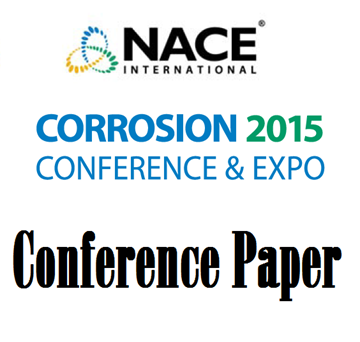Search
Investigation of Hydrogen Embrittlement Susceptibility of Precipitation Hardened Nickel Alloys Under Cathodic Protection Condition
Also Purchased
Susceptibility to Hydrogen Induced Stress Cracking of Alloy 718 and Alloy 725 Under Cathodic Polarization
Product Number:
51315-5597-SG
ISBN:
5597 2015 CP
Publication Date:
2015
$20.00
04104 Hydrogen Embrittlement of Corrosion Resistant Alloys Under Cathodic Protection Conditions
Product Number:
51300-04104-SG
ISBN:
04104 2004 CP
$20.00
51315-5911-Hydrogen Embrittlement Resistance of High Strength Nickel Alloys for Oil and Gas Service
Product Number:
51315-5911-SG
ISBN:
5911 2015 CP
Publication Date:
2015
$20.00




